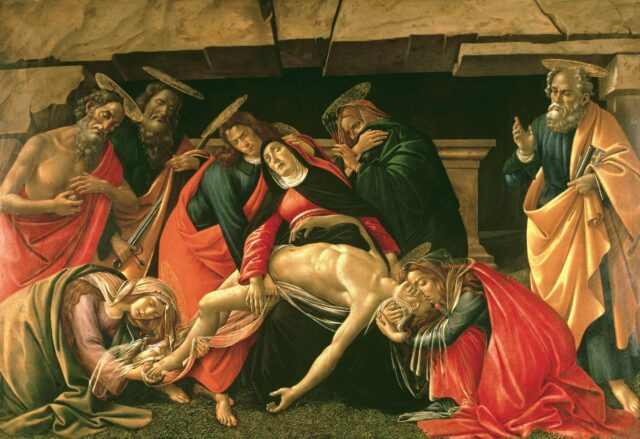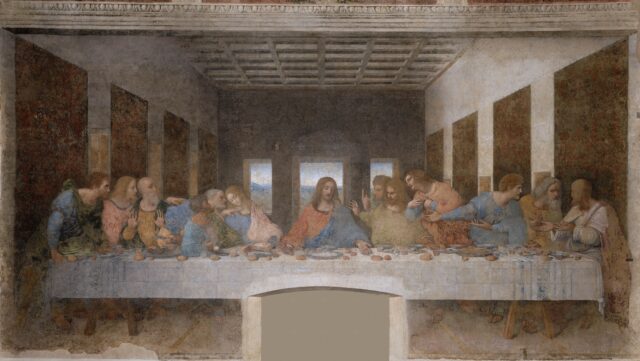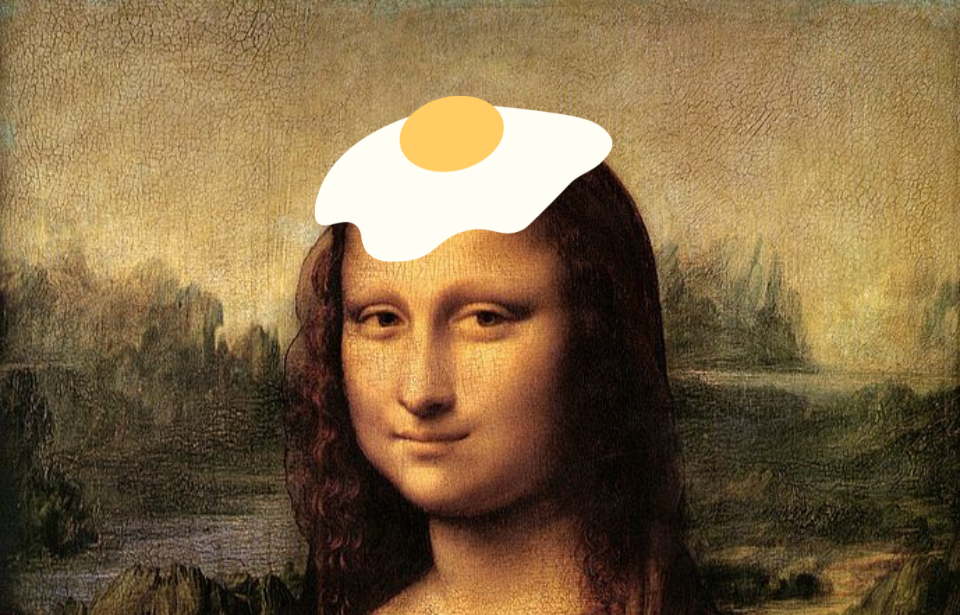Many of the great classic artists were quirky, to say the least; Michelangelo never bathed, Vincent van Gogh cut off his ear, and Salvador Dalí thought he was his dead brother. There were other things that they did that, while less outrageous, were still quite strange. For example, a team of researchers have discovered that many of them added eggs to their oil paint.
Studying the great works
Determined to better understand this strange artistic choice, a group of researchers decided to investigate the use of eggs in oil paintings. They were able to get some answers, publishing their findings in the journal Nature Communications. What might be news to many of us unartistic folks is that the use of eggs in paint is actually not as wacky as it may seem.

Apparently, it was used to help bind different pigments to make an ancient paint called egg tempera. It wasn’t until as late as the 15th century that Europeans started using oil as the binding agent instead, what we’re more accustomed to seeing now. Yet many of the old masters, artists like Rembrandt and da Vinci, continued to use eggs as well as oil in their paint. This is what the team wanted to investigate.
Testing the paint
They got hands-on to see if they could determine the practical reason why these painters would have continued using the somewhat outdated practice of adding eggs. For their test, they created three different paints. One was made with pigment and linseed oil, one with pigment, linseed oil, and a little egg yolk, and one with pigment and diluted egg yolk which when dried was mixed with oil.

After trying the final products, the effect of the egg was obvious. Patrick Dietemann, one of the researchers, said, “[The] egg is used for modification and fine-tuning of paint properties.” Even though the base of the paints was very similar, making even a small change allowed them to create a thicker substance that could more easily be layered to achieve an impasto technique. This thicker paint also helped to protect the art from wrinkling and cracking over time.
Egg-ceptional art
Egg yolk also helped prevent moisture damage as the protein absorbed most of the water, rather than the paint or canvas. An added bonus, the paint with egg in it also dried much quicker than the others. They concluded that by adding egg, they could “overcome unexpected problems with humidity and produce paint layers stable against wrinkling and oxidative degradation.”

Ilaria Bonaduc, another one of the researchers, said, “I am quite convinced that they did not know the chemical and physical explanations of what they were doing, but they knew very well what they were doing.”
More from us: Henry VIII Hid a Major Clue in a Painting That Might Identify His Favorite Wife
The hope is that by conducting studies like this that the works of the Old Masters can be preserved as authentically as possible, and maybe modern painters can learn something in the process.
